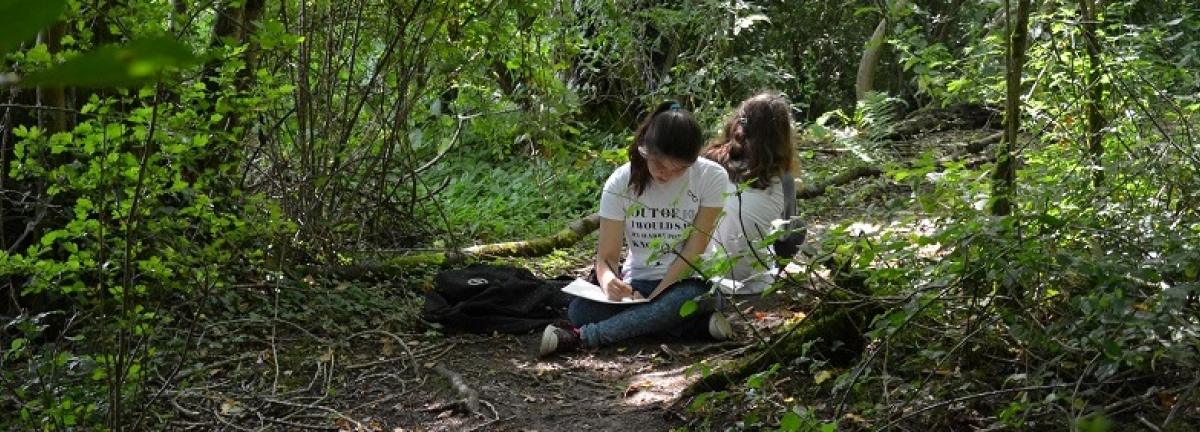Innovating by design with UK Science Festivals Network

Savita Willmott is Chief Executive of the Natural History Consortium and one of the participants in the UKSFN/Design Council project 'Innovating by Design'.
How can design thinking help science festivals to improve their programme and reach underserved audiences? This was the challenge that was presented to us from the UK Science Festivals Network, and we jumped at the chance to join a national cohort of festival directors to think differently about our curation.
Those of us who run science festivals tend to feel pretty passionate about the format. Personally, I love the opportunity of a festival to distribute itself across a city or neighbourhood, take over well-loved community spaces and create new pop-up ones, and spark an exploration of wonder and discovery over a set time period. Science festivals bring researchers, audiences and organisations out of their buildings, out from behind their lab benches or desks, out of their homes and regular routines, all to come together in a ‘third space’. Science festivals create memorable moments, are a test-bed for trying new methods of science engagement, and incubators for “learning fast, failing fast” by many researchers to dip their toes into public engagement. The media loves science festivals and the visual spectacles, artistic content, and fundamental debates about the issues touching all of our lives.
But.
Those of us who run festivals also tend to feel passionately about reaching beyond our usual audiences. We know that we are part of the ecosystem of a city, and working within the ‘usual patterns’ of our audiences, even systemic inequalities, or access to spaces. We worry about elitism of science, we spend months on programming, we think deeply about which events are free and which are open access. We carefully craft our marketing, messaging and PR to be as inclusive as possible. We balance all of this with trying to push the boundaries of our format, working as usual with minimal resources, constantly fundraising and usually begging favours in all directions.
The next stage for science festivals, to make some real progress on reaching new audiences, is not more strategies, more committees, policy documents and ‘inclusion training’. It’s not about festivals teams working harder, it’s about working differently, thinking differently.
We’re halfway through our workshops with our Design Council, and we’re already thinking differently about our 2019 programmes. The start of the project has helped us reflect on some of the most fundamental questions behind our festival. What problem are we trying to solve with this event? How can we better understand our audience, what they want, and how they experience our event?
Our project is focusing in Bath, and is unique in the cohort. We’re taking the extra step of creating a partnership between Bath Festival of Nature and Bath Taps into Science. We’ve created a big, bold mission - to work together to raise the levels of science and environment capital across all wards of the city. It’s a “big hairy audacious goal”, and it’s absolutely the right one.
We couldn’t describe design thinking when we started our project (creating interesting chairs?!). We’re still not sure you should test us on it, but we do know that we are going to have a very different product in 2019: a strategic alliance between two science festivals that has the people of Bath at their heart.
Bath Taps into Science is 9-16 March, 2019. Bath Festival of Nature is 1-9 June, 2019. Do join us.
Subscribe to our newsletter
Want to keep up with the latest from the Design Council?
